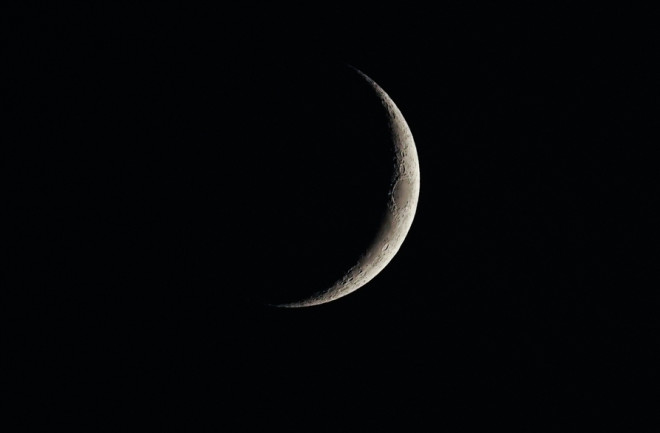Throughout history, humans have recognized that the night sky has the ability to mark moments of significance. For Muslims, for instance, the sighting of the moon has long signaled the start of the month of Ramadan, a period of fasting and religious reflection that traces its roots to the seventh century C.E.
Since then, Muslims have turned to the skies to guide their Ramadan observances. So how, specifically, has astronomy informed the traditions of Ramadan, and how has that changed over time?

